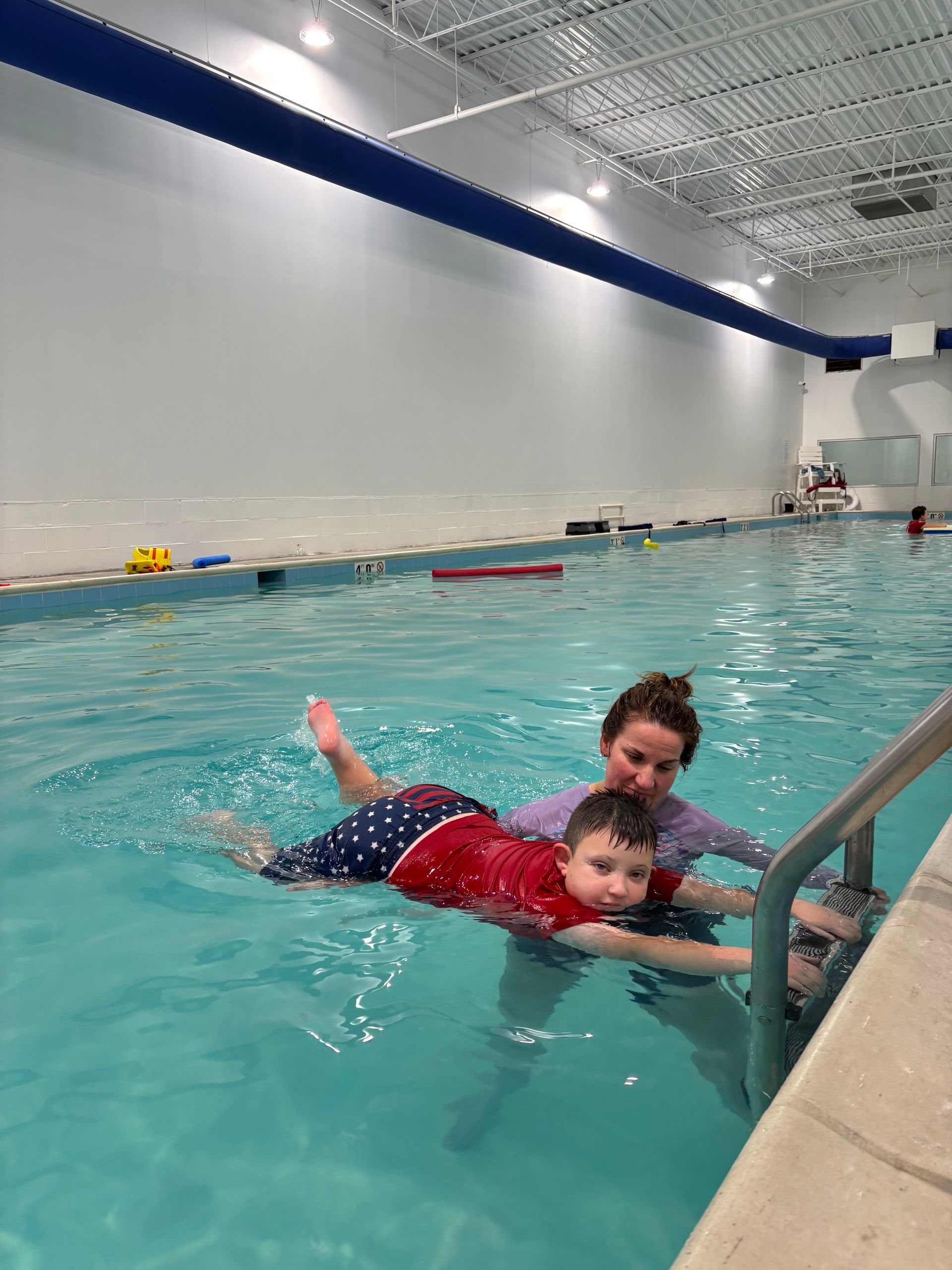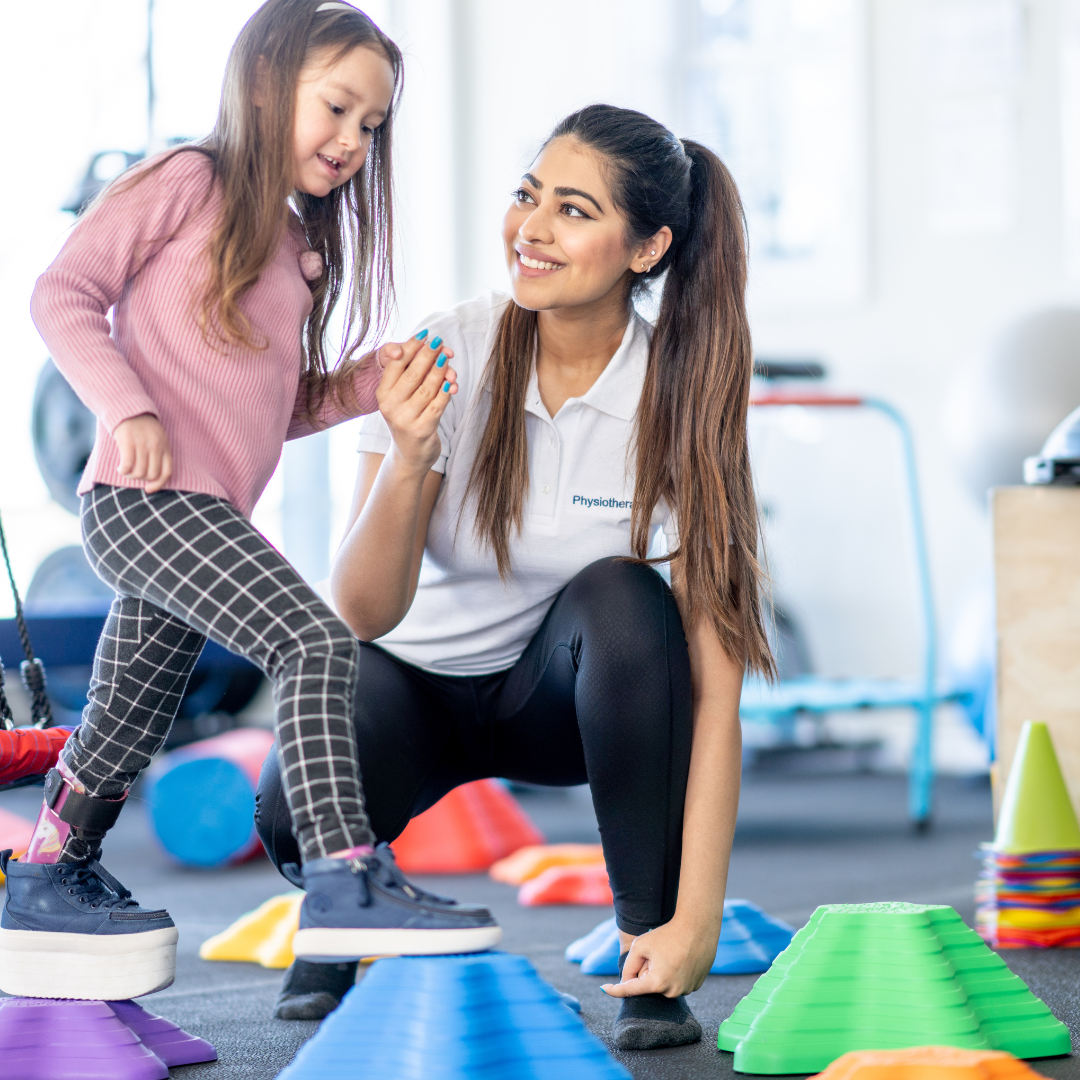Container Syndrome and the Importance of Floor Play
What is container baby syndrome (CBS)?
What is container baby syndrome (CBS)?
Babies that are born healthy and mobile that experience delays from being confined or contained for long periods of time.
What are containers?
Containers range from a bumbo seat or nursing cushion to a car seat or stroller. Other examples include swings, bouncy seats, vibrating chairs, or any other device that “contains” a baby and limits their movement.
Most common containers:
- Carseat
- Swings
- Jumparoos
- Bumbo chairs
- Highchairs
- Excersausers
- Strollers
- Vibrating chairs
How does this cause developmental delays?
Spending 10 or more hours when asleep on their backs and then further time in a "container" while awake can lead to delays in crawling, rolling, sitting, running, and speech and language. When a child spends time in a "container" it limits their opportunities for tummy time and mobility. Tummy time is essential for developmental of appropriate neck, back, core, arm, and leg musculature to allow for progression through gross motor milestones. Tummy time provides the opportunity to explore and interact with various sensory inputs and visual information.
Children learn through exploration and interacting with their environment. Without the opportunity to do so they will experience motor and cognitive delays.
Possible complications as a result of extended time in containers:
- Flat head (plagiocephaly or brachycephaly)
- Facial asymmetry
- Torticollis: tight neck muscles resulting in a head tilt and rotation preference
- Decreased movement, strength, and coordination
- Sensory deprivation
- Cognitive delays
- Behavior difficulties
- Lack of reflex integration
- Delays in visual motor skills
- Weight gain or obesity
Tips for avoiding CBS?
- Limit time in "containers". Only use car seats for transportation and limit a babies time in other containers such as bouncer or swing for no more than 20 minutes at a time.
- When the baby is awake have them on their tummy to interact with toys or in other developmental positions such as sitting (independently if baby is over 6 mos). It is important for your infant to be able to play in all positions (tummy, back, side, supported sitting)!
- If your baby has difficulty with tummy time, you can try to get on the floor with them to engage them or lay them on your chest while you are reclined for a modified tummy time.
- If a baby falls asleep in a "container" such as a car seat, transfer them to their bed when they get home.
Alternatives to Containers for your Baby:
Parents need time to get things done around the house without having to constantly watch a child. While "container" may be enticing, try a play pen with select toys that are safe for your baby. Other options include using a front or back carrier for short periods of time after your baby is old enough to hold their head up. Cuddle time is also a great alternative to "containers" and gives you time to bond with your baby! Understandably, you will need to place your child in a "container" at some point during the day. The important thing to remember is limiting their time in the "container" and giving them ample opportunity to explore their world with freedom to move during floor play. A good rule of thumb is no more than 20 minutes at a time in a "container" and no more than 1 hour in a "container" during a single day.
Thank you to Miss Mackenzie, physical therapist and member of PMC's pediatric physical therapy team, for sharing her knowledge of Container Syndrome! Your tips are all so helpful!









